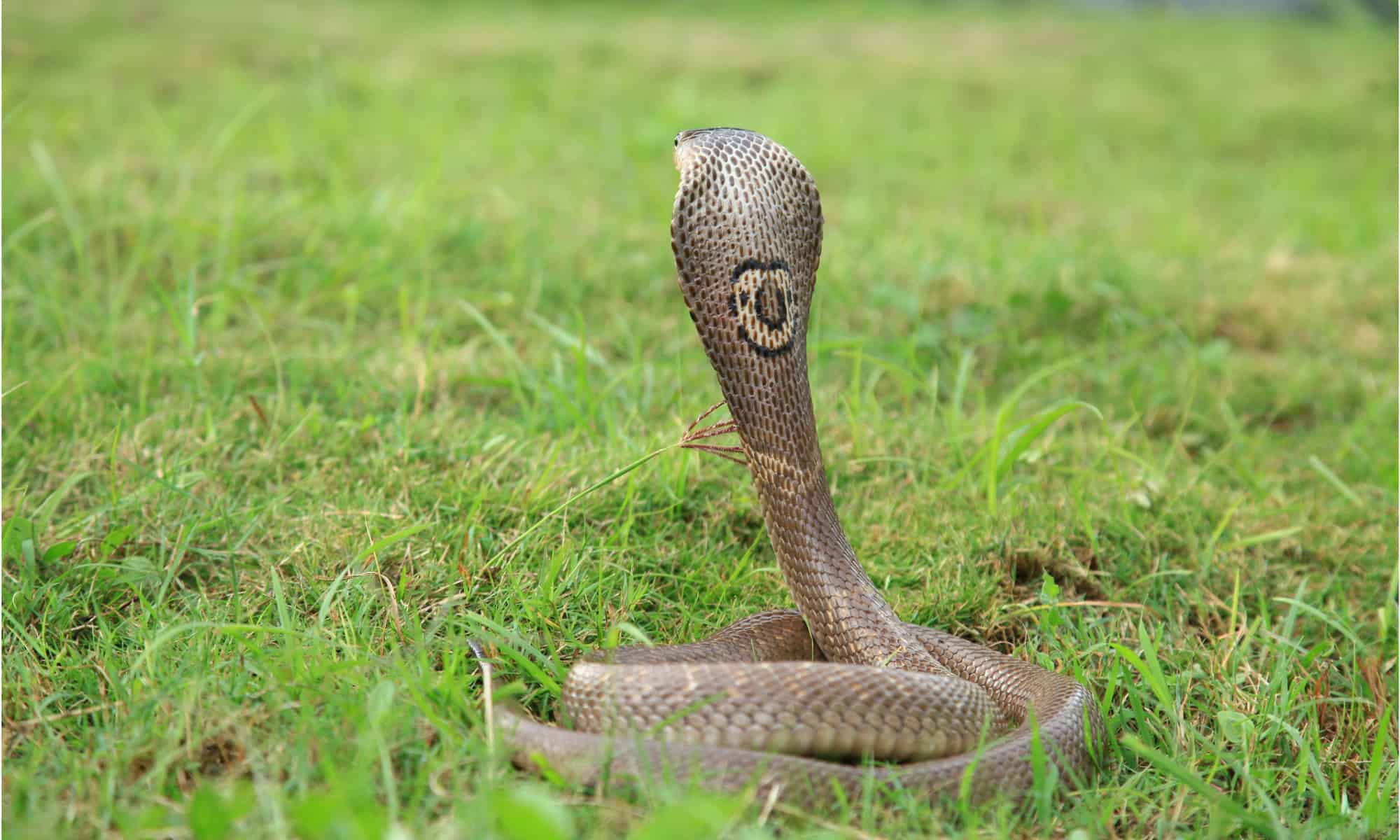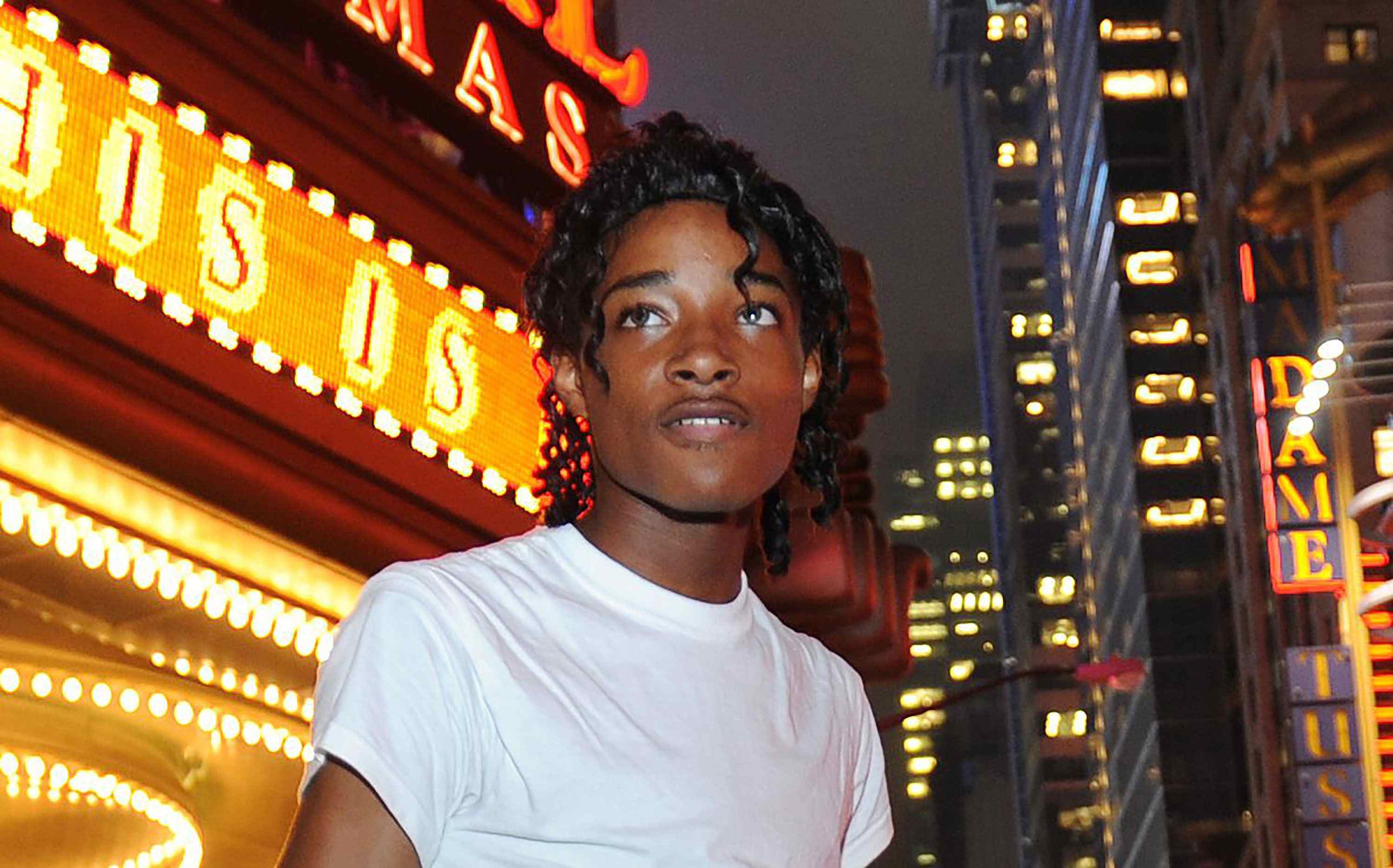
The Monocled Cobra (Naja kaouthia) is a venomous snake that belongs to the family Elapidae. Its distinguished feature is the single round scale or “eye-spot” on the back of its hood, which gives it the name “monocled.” This striking snake is widely distributed across Southeast Asia, including countries like India, Thailand, Myanmar, and Vietnam.
The Monocled Cobra is not only known for its iconic appearance but also for its potent venom and deadly bite. It possesses a strong neurotoxin that can cause paralysis and even lead to death if not treated promptly. Despite its fearsome reputation, there are many fascinating facts about this species that may surprise you.
In this article, we will explore 16 captivating facts about the Monocled Cobra, shedding light on its characteristics, behavior, habitat, and importance in the ecosystem. So, let’s dive deeper into the world of this fascinating snake!
Key Takeaways:
- The Monocled Cobra is a venomous snake with a distinctive marking resembling a monocle. It’s found in Southeast Asia, and its potent venom and adaptability make it both feared and admired.
- Monocled Cobras are nocturnal hunters with deadly venom, cultural significance, and conservation concerns. Their unique features and behaviors make them a fascinating yet dangerous species to study and protect.
Deadly Venom
The Monocled Cobra possesses one of the most potent venoms among all snake species. Its venom contains neurotoxins, which can cause paralysis, respiratory failure, and even death to its prey or potential threats.
Monocled Marking
One of the standout features of the Monocled Cobra is the distinctive marking on the back of its hood, resembling a monocle. This marking is often used as a warning display to intimidate predators or to signal danger to potential threats.
Size Matters
With an average length of 4-5 feet, the Monocled Cobra is considered a medium-sized snake. However, some individuals can grow up to 7 feet long, making them quite formidable.
Habitat Range
These cobras have a wide distribution across Southeast Asia, including countries like India, Nepal, Bangladesh, Myanmar, Thailand, and Indonesia. They are commonly found in forests, agricultural areas, and even urban environments.
Adaptability
Monocled Cobras are highly adaptable and have been known to thrive in various habitats, including grasslands, swamps, and rice fields. They are also frequently spotted near human settlements, searching for food sources like rodents and frogs.
Venomous Bite
Getting bitten by a Monocled Cobra can be a life-threatening experience. The neurotoxic venom attacks the nervous system, causing pain, swelling, and tissue damage. Immediate medical attention is crucial to avoid severe complications.
Threat to Humans
Monocled Cobras are responsible for numerous snakebite incidents in Southeast Asia. Their aggressive nature and potent venom make them a significant threat to humans, especially in rural areas where antivenom may not be readily available.
Dietary Preferences
These cobras primarily feed on small mammals, birds, lizards, and other snakes. They possess a unique ability to swallow prey that is larger than their own head, thanks to their flexible jaws and expandable skin.
Night Hunters
Monocled Cobras are predominantly nocturnal, preferring to hunt and explore their surroundings under the cover of darkness. Their excellent eyesight and heat-sensing abilities aid them in locating prey efficiently.
Prolific Breeding
They are known to breed during the monsoon season, and the female can lay up to 20-30 eggs at a time. The eggs are carefully guarded by the female until they hatch, ensuring the safety of the next generation.
Stealthy Behavior
Monocled Cobras are skilled at camouflage, often blending seamlessly with their environment. They make use of their slithering movements and natural color patterns to remain undetected, offering them an advantage when hunting or evading predators.
Vocal Communication
These cobras are known for their hissing and growling sounds, which they make by expelling air forcefully through their respiratory system. This vocal communication serves as a warning to threats and helps them assert dominance in territorial disputes.
Cultural Symbolism
In many Southeast Asian cultures, the Monocled Cobra holds cultural significance. It is often featured in folklore, mythology, and traditional ceremonies, representing both fear and respect for its power and beauty.
Conservation Concerns
The Monocled Cobra population is facing threats due to habitat loss, pollution, and deliberate killings by humans. Conservation efforts are necessary to protect this species and maintain the delicate balance of their ecosystems.
Scientific Research
Scientists are studying the venom of Monocled Cobras to develop antivenom and explore potential medical applications. The unique properties of their venom have shown promise in areas such as pain management and treating certain neurological disorders.
Fascination in Captivity
Due to their captivating appearance and interesting behaviors, Monocled Cobras are sometimes kept in captivity by herpetology enthusiasts and reptile collectors. However, proper care and expertise are required to handle these venomous snakes safely.
In conclusion, the Monocled Cobra is a remarkable snake species with its deadly venom, striking markings, and intriguing behaviors. As we continue to learn more about these fascinating creatures, it is essential to respect their natural habitats and engage in efforts to conserve their population for future generations.
Conclusion
In conclusion, the Monocled Cobra is a truly fascinating species. From its distinctive appearance with the monocle-like marking on its hood to its deadly venom, this snake captivates both researchers and enthusiasts alike. Its unique behavior of “hooding” when threatened and its ability to deliver a powerful bite make it a formidable predator in the animal kingdom. Additionally, the Monocled Cobra’s wide distribution across Asia adds to its significance in the ecosystem.Understanding the characteristics and behaviors of the Monocled Cobra is crucial for both its preservation and our own safety. As with any wildlife, it is important to appreciate these magnificent creatures from a safe distance and respect their natural habitat. This helps ensure the balance of ecosystems and the coexistence of humans and wildlife.Exploring the intriguing world of the Monocled Cobra not only reveals the wonders of the animal kingdom but also highlights the importance of biodiversity conservation. By learning more about these creatures, we can better appreciate the intricacies of nature and the need to protect and preserve species for future generations.
FAQs
Q: How venomous is the Monocled Cobra?
A: The Monocled Cobra is highly venomous. Its venom is neurotoxic and can lead to respiratory failure and paralysis if not treated promptly.
Q: Are Monocled Cobras aggressive towards humans?
A: Monocled Cobras are generally shy and try to avoid human contact. However, if they feel threatened, they can become highly aggressive and deliver a powerful bite.
Q: Where is the Monocled Cobra found?
A: The Monocled Cobra is native to South and Southeast Asia. It can be found in countries such as India, Bangladesh, Myanmar, Thailand, and Indonesia.
Q: What is the average lifespan of a Monocled Cobra?
A: In the wild, the average lifespan of a Monocled Cobra is around 20 years. However, they can live longer in captivity, reaching up to 25 years or even more.
Q: How does the Monocled Cobra defend itself?
A: When threatened, the Monocled Cobra raises its body, spreads its hood, and produces a loud hissing sound as a warning. If the threat persists, it can deliver a venomous bite with its fangs.
The Monocled Cobra's fascinating features inspire us to learn more about our world. Conservation efforts protect vulnerable species, ensuring their survival for generations. Exploring wildlife reveals nature's incredible diversity and adaptations. Herpetology uncovers reptiles' and amphibians' unique characteristics, from venom to camouflage. Dive deeper into these captivating topics and expand your knowledge of the amazing creatures we share our planet with.
Was this page helpful?
Our commitment to delivering trustworthy and engaging content is at the heart of what we do. Each fact on our site is contributed by real users like you, bringing a wealth of diverse insights and information. To ensure the highest standards of accuracy and reliability, our dedicated editors meticulously review each submission. This process guarantees that the facts we share are not only fascinating but also credible. Trust in our commitment to quality and authenticity as you explore and learn with us.


